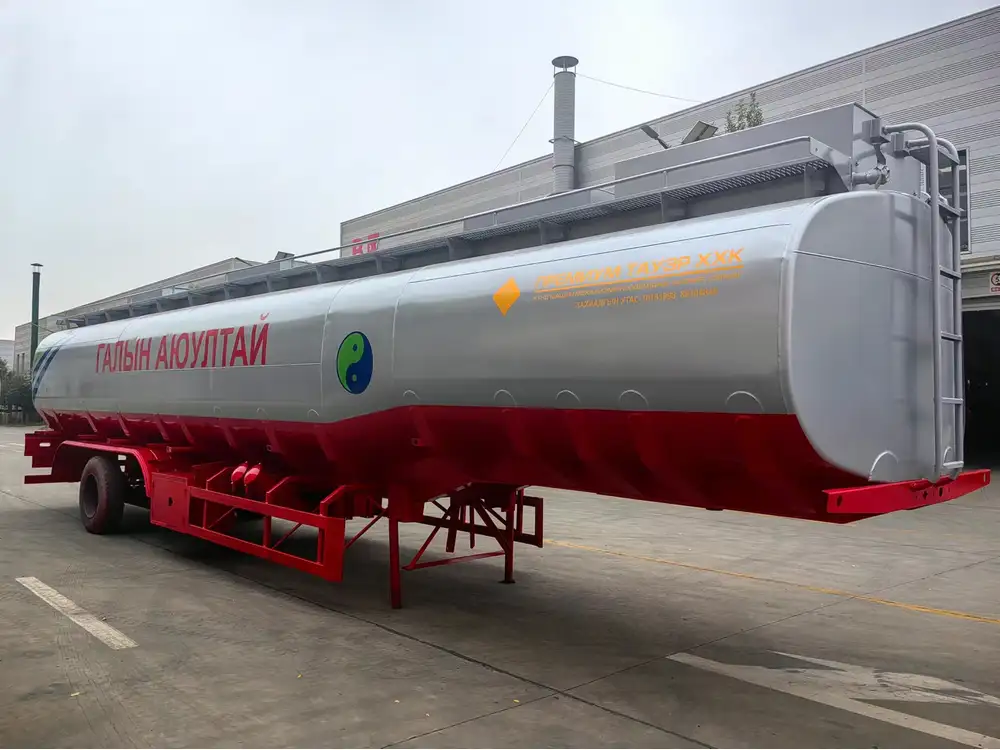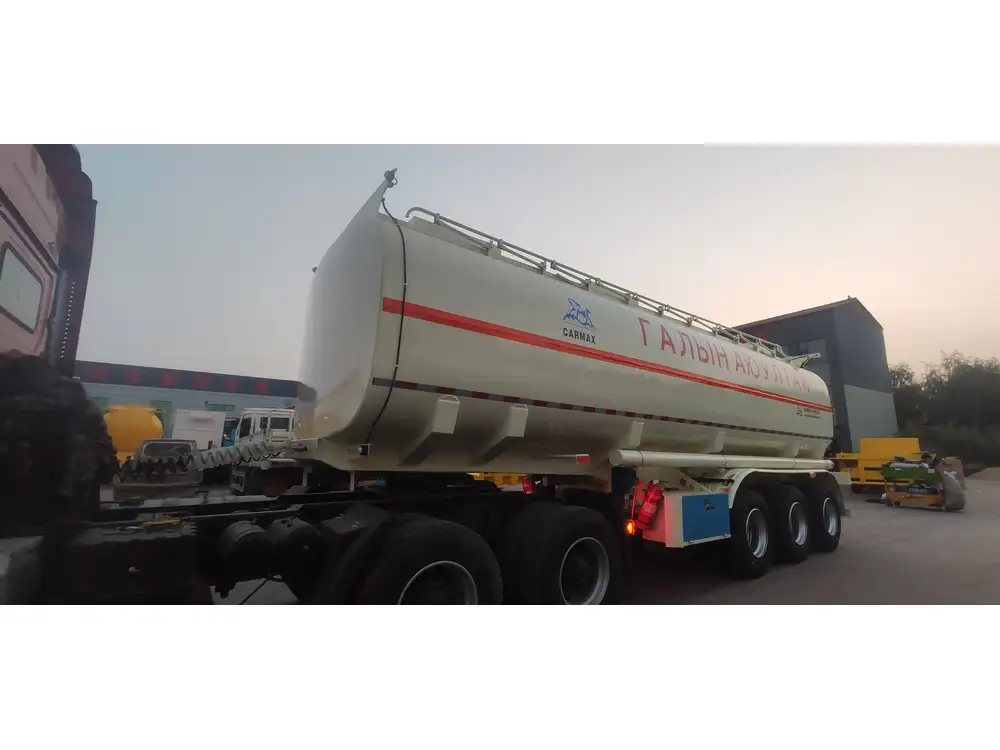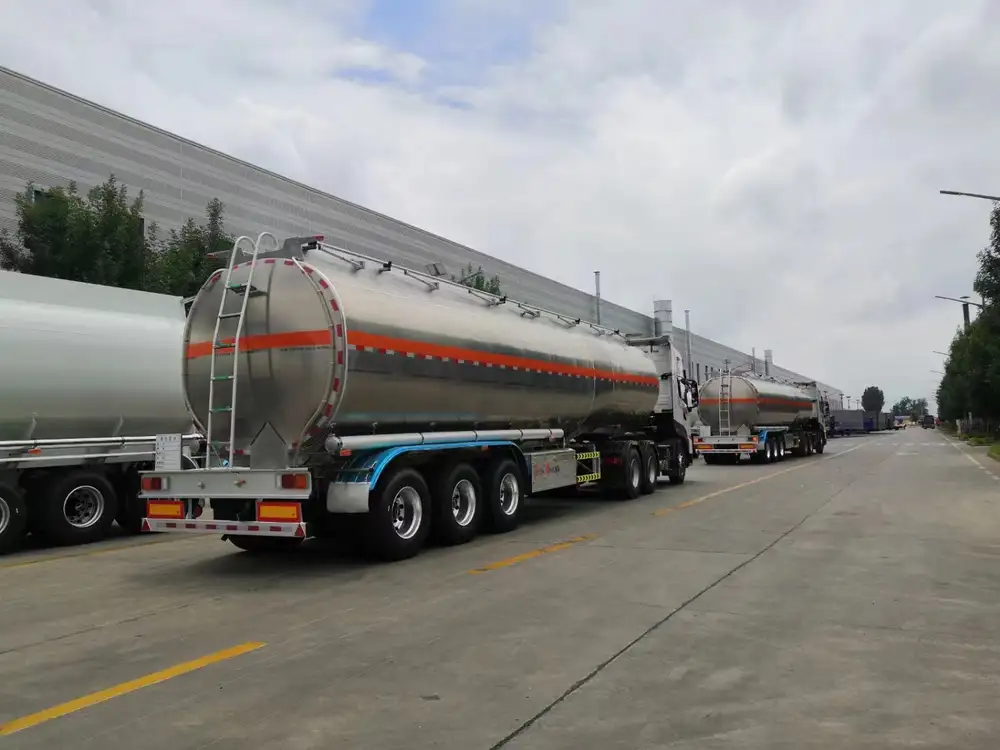In the rapidly evolving transportation industry of Uganda, the demand for high-quality semi trucks and their components, particularly fuel tanks, is on the rise. As a key player in the sector, we, at CarMax Vehicle, are uniquely positioned to provide top-tier fuel tanks on semi trucks for sale in Uganda. This comprehensive guide will delve into the intricate details of fuel tanks, their specifications, installation processes, and maintenance tips, ensuring you have all the necessary information to make informed decisions.
Understanding Fuel Tanks for Semi Trucks
Fuel tanks are the lifeblood of semi trucks, directly influencing their performance, efficiency, and overall operational capabilities. When considering fuel tanks for semi trucks for sale in Uganda, it is vital to understand the various types available, their capacities, and how they fit into the larger picture of trucking logistics.
Types of Fuel Tanks
Aluminum Fuel Tanks: Renowned for their lightweight properties and corrosion resistance, aluminum tanks reduce the overall weight of the vehicle, thus maximizing fuel efficiency. They come in various capacities, typically ranging from 50 to 150 gallons.
Steel Fuel Tanks: Heavier than their aluminum counterparts, steel tanks are known for their durability and strength. While they might be more susceptible to rust and corrosion, they generally offer a more affordable option for many trucking companies.
Composite Tanks: These tanks combine materials like fiberglass and other composites to provide lightweight and corrosion-resistant solutions. They often come with a higher initial cost but can save money in the long term due to lower maintenance requirements.

Comparison Table: Fuel Tank Types
| Tank Type | Weight | Corrosion Resistance | Cost | Capacity Range |
|---|---|---|---|---|
| Aluminum | Light | High | Moderate | 50 – 150 gallons |
| Steel | Heavy | Moderate | Low | 50 – 120 gallons |
| Composite | Light | Very High | High | 30 – 100 gallons |
Key Specifications to Consider
When selecting fuel tanks on semi trucks for sale in Uganda, focus on several key specifications:
Capacity: Choose a tank size that aligns with the truck’s range and operational needs. For long-haul applications, larger capacity tanks may be beneficial, while shorter routes might not require such extensive capabilities.
Material: Select a tank material that suits your intended use, climate conditions, and budget.
Dimensions: Ensure the dimensions of the tank fit within the constraints of your semi truck model without compromising aerodynamic efficiency.
Mounting Style: Confirm that the tank’s mounting style is compatible with your truck’s design and that it is easily accessible for refueling.
The Importance of Fuel Tank Optimization
In Uganda’s context, where fuel prices fluctuate drastically, optimizing fuel tanks can lead to significant cost savings. Focusing on tank shape, weight distribution, and installation can enhance efficiency and reduce fuel consumption.

Fuel Tank Installation Process
Necessary Tools and Equipment
- Wrenches and sockets
- Fuel lines and clamps
- Mounting brackets
- Sealant
- Safety gear
Installation Steps
- Preparation: Ensure you have the right tools and that the work area is clear and well-ventilated.
- Remove Old Tank: Safely disconnect and remove the old fuel tank if applicable, checking for any leaks or damage.
- Mount New Tank: Securely fasten the new tank in place using appropriate brackets and ensure it’s level.
- Connect Fuel Lines: Install and tighten fuel lines, ensuring there are no leaks.
- Testing: After installation is complete, conduct a leak test with fuel to verify that the connections are secure.

Maintenance Tips for Longevity
Maintaining fuel tanks on semi trucks is critical for ensuring optimal performance and longevity. Here are essential maintenance tips:
- Regular Inspections: Check for signs of corrosion, leaks, and physical wear at least once a month.
- Fuel Quality Management: Use quality fuel and consider periodic tank cleaning to prevent sediment buildup.
- Monitor Fuel Levels: Avoid letting the tank run dry, as this can lead to sediment clogging the fuel system.
Conclusion: Making Informed Decisions
When it comes to investing in fuel tanks on semi trucks for sale in Uganda, we at CarMax Vehicle understand the importance of quality and durability. With a variety of options available, it is imperative to choose the right tank that aligns with your operational requirements. Our tanks are designed to provide not only the capacity you need but also the efficiency and reliability that your business demands.
In a dynamic transport environment, careful consideration of each component is key to maintaining a competitive edge. By applying the information presented above, you can optimize your trucking operations for success.
FAQs
1. What is the average lifespan of a semi truck fuel tank?
The lifespan of a semi truck fuel tank can vary based on the material and maintenance but typically ranges from 10 to 20 years with proper care.
2. Are larger tanks always better?
Not necessarily. While larger tanks allow for longer travel distances between refuels, they add weight, which can decrease fuel efficiency. It’s important to balance size with operational needs.
3. How can I enhance my fuel tank’s performance?
Regular maintenance, utilizing high-quality fuel, and ensuring proper installation can enhance performance significantly.
4. What factors contribute to the cost of a fuel tank?
The material, capacity, brand, and additional features like built-in baffles or warranty offerings can affect the cost. Always compare options for the best value.
By being educated on the options and considerations surrounding fuel tanks on semi trucks for sale in Uganda, you can ensure your investment leads to greater efficiency and cost-effectiveness in your operations.












Reviews
There are no reviews yet.